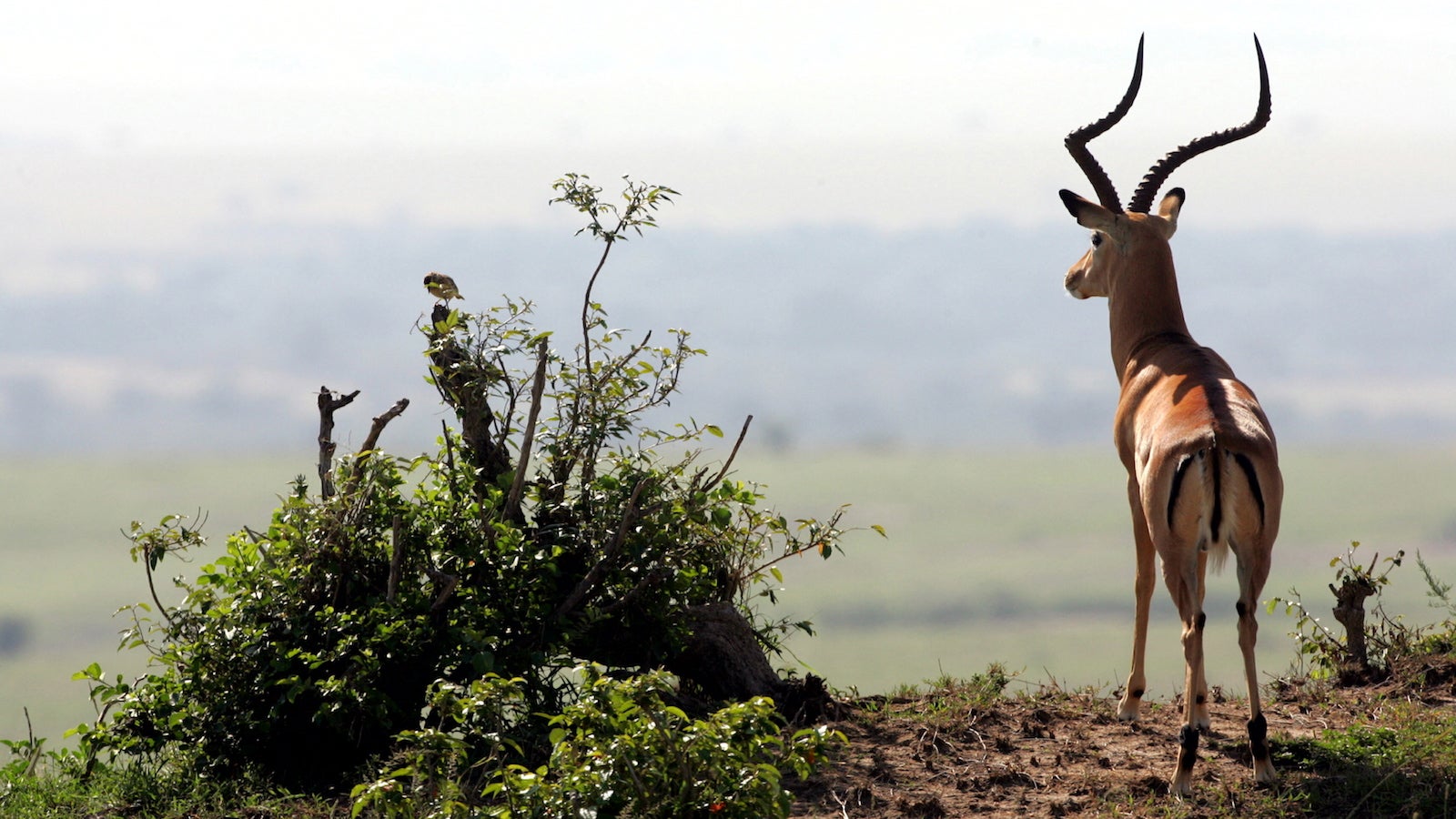Gazelles look at each others’ butts to keep the status quo—and we do the same
We may like to imagine that we’re independent thinkers—but when push comes to shove, we often wind up going with the crowd. That’s because, much like gazelles, we’re biologically motivated to stick with our herds.


We may like to imagine that we’re independent thinkers—but when push comes to shove, we often wind up going with the crowd. That’s because, much like gazelles, we’re biologically motivated to stick with our herds.
A gazelle sticks with its kind as if its life depends on it—because from the perspective of its genes, it does. Some gazelles have black stripes on their butt, others have white, and some have one black and one white. These stripes reveal the ecological niche a gazelle is adapted to, and mating with genes for the right niche creates stronger offspring. But gazelles don’t think about conception conceptually—they just scan butts.
A gazelle always wants to be surrounded by the right friends. If it wanders off by itself, a sense of alarm sinks in, and cortisol, the stress chemical, spikes. Re-connecting with like-butted gazelles relieves that discomfort with cozy oxytocin: They have your back because there is safety in numbers.
Gazelles spend their lives pushing toward the center of the herd, where it’s safer. When they’re too old to push, they end up around the edges and meet their fate. As to not be left behind, gazelles also run from predators whenever their mates feel alarmed. Some critters once resisted this, refusing to run unless they detected a threat with their own senses. But those critters were often caught unawares—and eaten alive. Therefore, mammals evolved a brain that trusts its mates’ alarm calls.
Enough! you might feel like saying. I want to explore lush meadows instead of following the pack. But every time you veer off independently, you are stabbed with threatening feelings you can’t quite explain.
There would appear to be several advantages to trotting off alone to greener pastures instead of sticking with the herd That way, a gazelle would get to eat fresh grass in peace instead of competing for the same grass its herd mates have already trampled. But when it distances itself from its herd, its oxytocin falls, and its cortisol alarm blares.
In the state of nature, an isolated mammal doesn’t last long. Natural selection built a brain that terrors you with threat chemicals whenever you wander off, and rewards you with a great flow of oxytocin when you return. This neurochemical operating system motivates a mammal to seek safety in numbers.
Gazelles are mammals, and you are a mammal, too. Your chemicals are managed by brain structures that all mammals have in common, but you hate this neurochemical roller coaster. So what’s a big-brained mammal to do?
Your brain likes to seek out facts that fit because that feeling of belonging stimulates your oxytocin; it finds evidence of threat because that relieves your cortisol. This is the job your cortex evolved for. You yourself may have sought the safety of social support only to find that your butt is being judged. (And, truth be told, you are often checking out the stripes of others’ butts, too.)
As a human, when you see another herd stampeding, you probably think they’re fools; you may even think their leaders invent threats to keep followers in the fold. But when your herd stampedes, that feels different.
Gazelles have no illusions about what a herd should be. They do not grow up watching Friends and expecting others to be there for them. You may not be able to escape the role your cortex has evolved to play, but you can manage your herd-like mentality with the agility of a leaping gazelle.